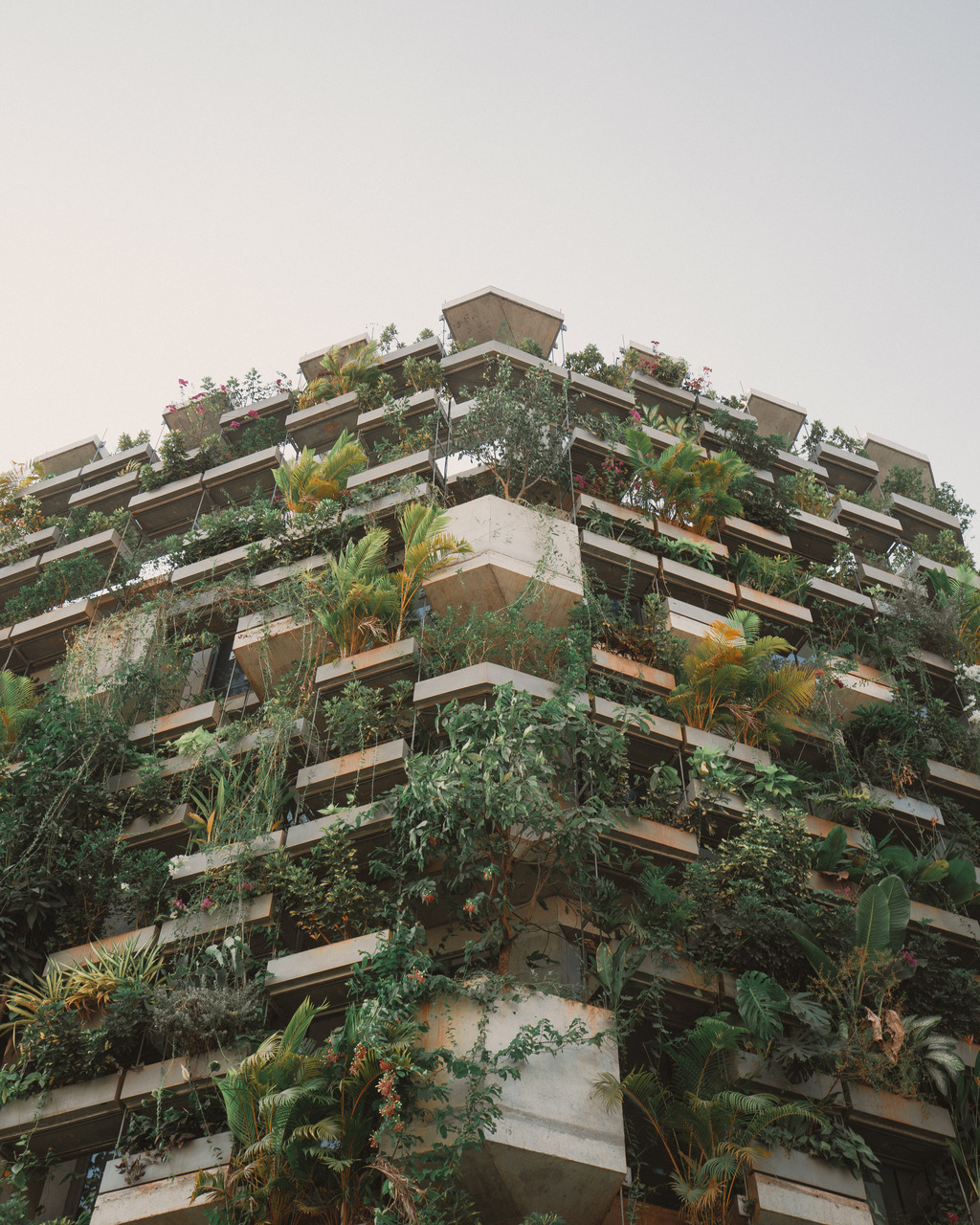
Over the decades, Ho Chi Minh City has developed myriad layers of architecture, something that can be hard to notice as you concentrate on negotiating the dense, hyperactive motorbike traffic that swarms through its cacophonous and crowded streets. Look up, though, and you’ll see a melange of styles mirroring the city’s storied past – from decaying, once-grand colonial French villas and functional Mid-Century Modernist concrete blocks to densely packed tube houses and contemporary skyscrapers that wouldn’t be out of place in New York or Hong Kong.
But closer to the ground, a group of boutique architecture studios is forging a new and more distinctive path. Often working at the residential level, they harness local materials such as clay bricks and bamboo, sustainable design tenets and traditional inspiration in an effort to create a distinctly Vietnamese contemporary style. While still in its early stages of development, two central aspects of this movement are the prioritisation of greenery and natural light – a far cry from the tall, narrow and often dim tube houses widespread in Vietnamese cities – and the creative use of space, which comes at a premium in these dense urban settings.
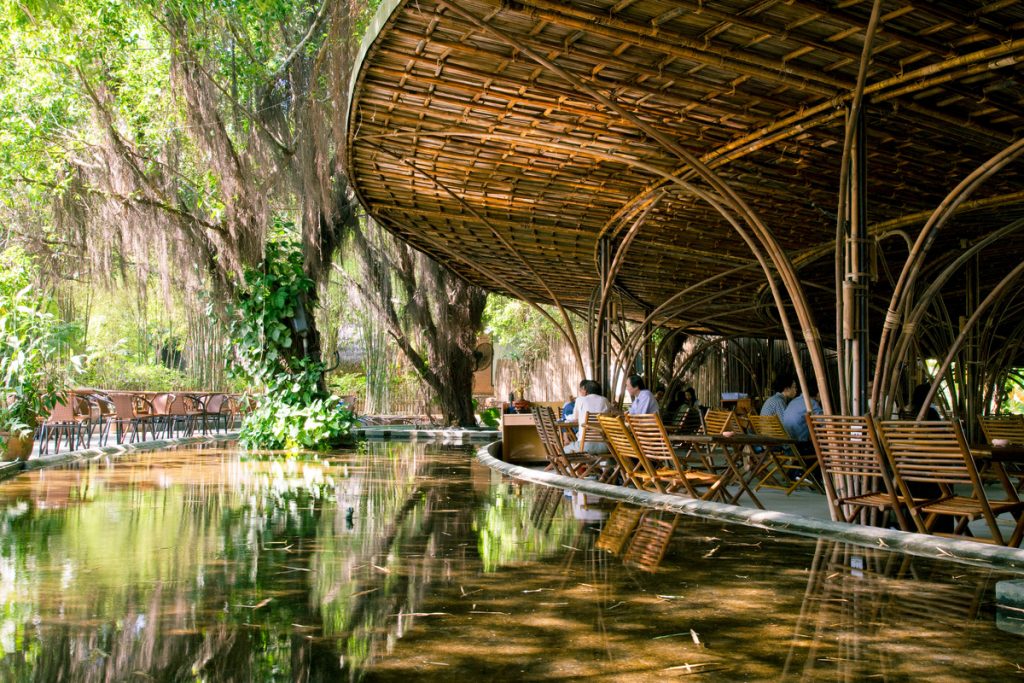
Vo Trong Nghia (VTN) Architects is arguably the most prominent of this new raft of studios, having won international acclaim and awards for its bamboo- and brick-focused designs in groundbreaking buildings such as the Viettel Academy Educational Center in Hanoi and the Wind and Water Café located in a suburb of Ho Chi Minh City. The studio’s House for Trees project in the heart of the latter is perhaps indicative of its efforts to firmly connect its designs with nature. It features five concrete residential buildings that serve as “planters” for a series of large tropical trees.
But VTN Architects is not alone, and across the city there are a number of other firms moving in a similar direction, as evidenced by projects like The Myst. Opened in 2017, this hotel in central District 1 is one of the largest and most prominent iterations of this design movement. A block from the city’s Saigon River, The Myst is visibly unique: The smooth white exterior is dotted with balconies overflowing with lush greenery, while a huge anchor and wooden beams used in ships from the city’s former colonial-era port decorate the elegant entrance.
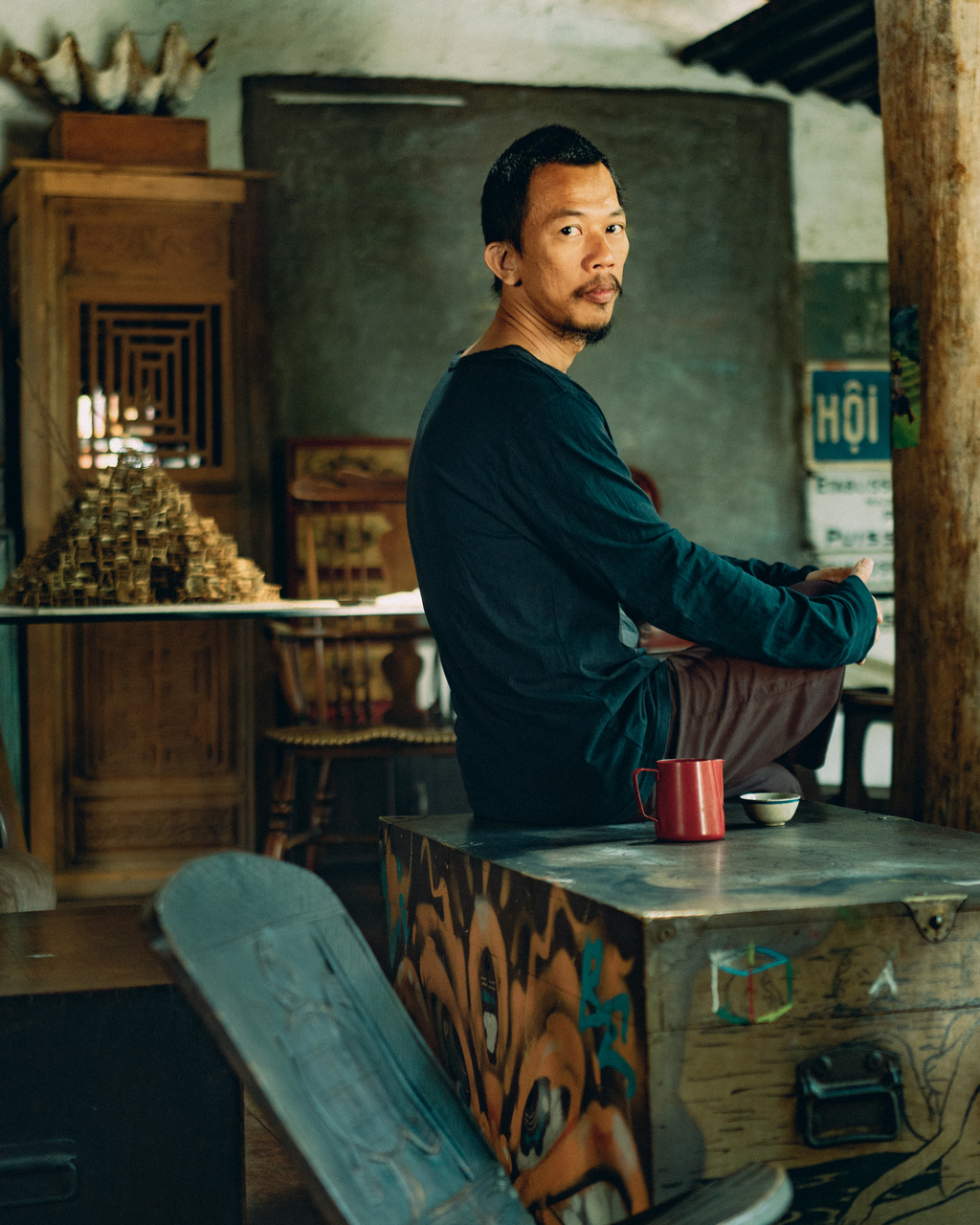
Nguyen Hoa Hiep, the thoughtful, soft-spoken founder of a21, the architecture studio behind The Myst, explains that this new movement hasn’t always been universally embraced. “After finishing university, I worked in a few offices in Ho Chi Minh City, but some of my designs were too difficult for architects to take responsibility for and make happen,” he explains of his decision to establish a21 in 2009. “I decided it had to be my responsibility.”
It might be hard to believe, but The Myst was a21’s first hotel project. “We knew nothing about hotel design,” Hiep explains. “When we designed it, we thought about a place we would like to live in. We weren’t thinking about making a statement, we just wanted to make something as pure to our style as possible.” The hotel’s guest corridors feature warm colours, while the rooms are filled with natural light and their own small-scale “green wall”. The rooftop pool is surrounded by trees and vibrant flowers, and while it is impossible to hide the neighbouring high-rises, the greenery helps soften them, creating an oasis in the city.
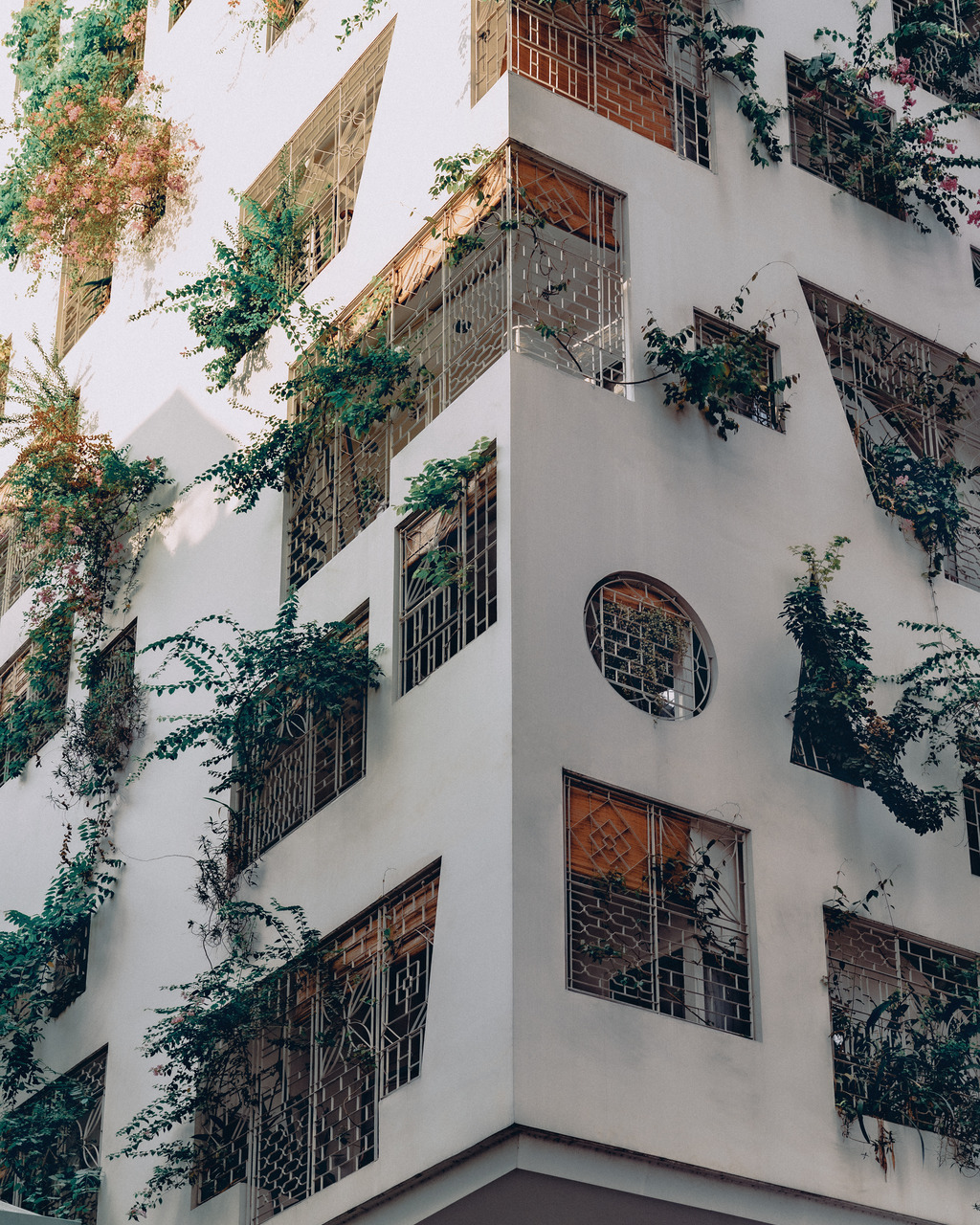
Designing a space for living is the core of a21’s ethos. Hiep’s home, where he lives with his wife and young son, is connected to the studio’s office by an open-air dirt-floor courtyard. Chairs and tables made of reclaimed wood fill the space, while a rustic treehouse is perched above. “We do look at traditional buildings… but I will try to draw and re-draw until I know it’s my design, not taken from someone else,” Hiep says as he traces and re-traces circular shapes on a large sheet of paper. “Then, we will refine the design into something that can be built; something that we would live in.”
Indeed, staying true to their own creative visions is something shared by this new breed of young Vietnamese architects. Tran Thi Ngu Ngon is the co-founder of Tropical Space, a Ho Chi Minh City-based architecture firm known for their unique, predominantly residential projects. An example of their distinct design ethos is the Termitary House in Danang, which won the Residential Use category in the 2016 Wienerberger Brick Awards.
In many ways, it embodies the firm’s journey towards a unique identity. “In the beginning, we weren’t sure what the architectural answer was to the name that we chose,” Ngon says. “But we felt that gradually we’ve gotten closer and closer to something worthy of the name.” Most recently, Tropical Space’s Cuckoo House — a radical family home situated on top of a coffeeshop — was selected by Wallpaper* as one of the 20 most promising architectural practices worldwide in 2020.
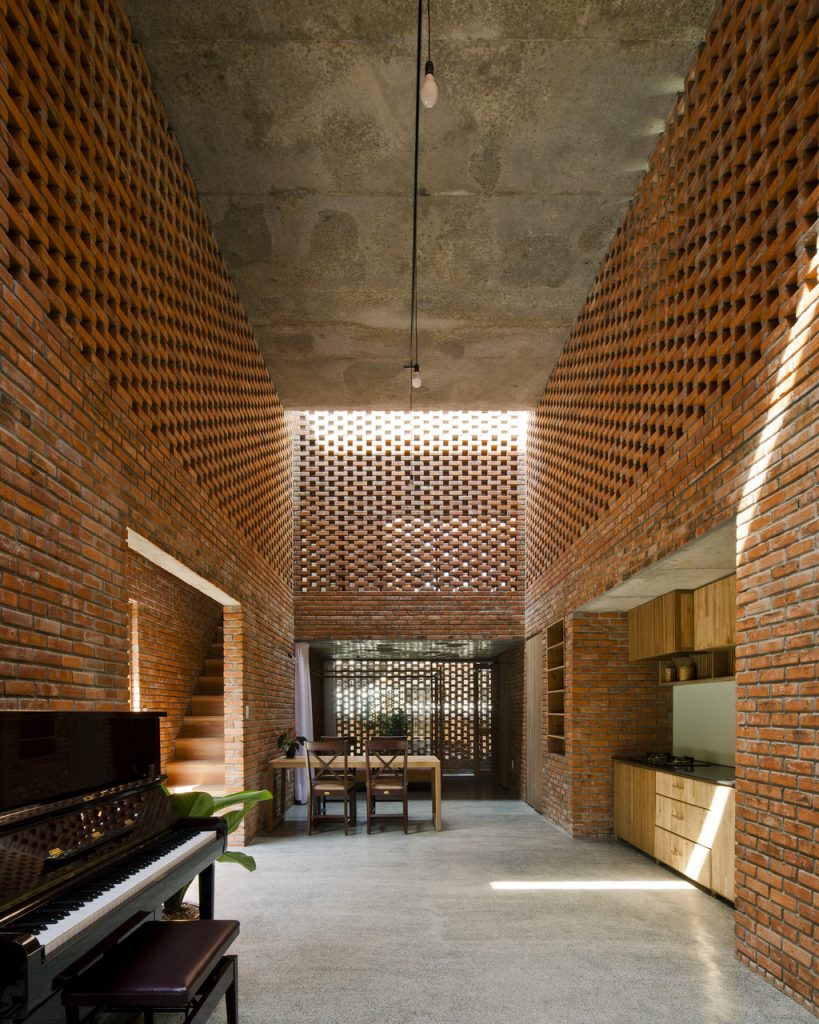
Tropical Space often takes inspiration from the insect world in their designs. Termite mounds, for example, are built to create cool spaces, and Ngon and her team utilised these techniques to create Termitary House, to counter central Vietnam’s scorching summers.
Ngon believes that with the country’s burgeoning economy, people are gradually waking up to the importance of more unique, distinctly Vietnamese designs. “Just five years ago the demand for new, thoughtful buildings wasn’t as high as it is now,” she says. “So between 1975 and then, people here in the city didn’t really know what they wanted, and the result is that you see a lot of buildings with a mix of everything from all over the world.”
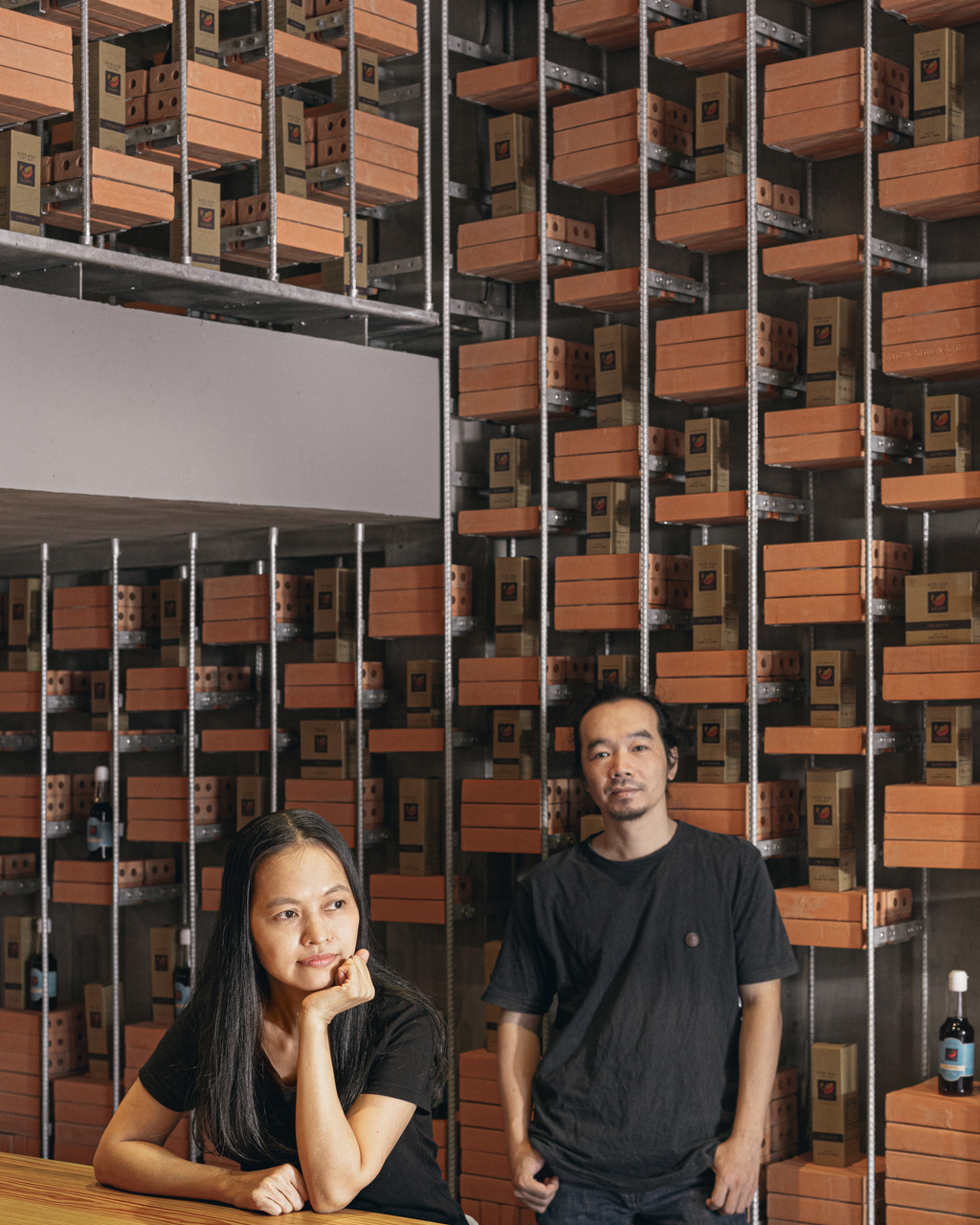
This is particularly true of houses. For instance, the Thao Dien neighbourhood, across the river from downtown, has become increasingly wealthy in recent years, and is now home to upscale restaurants, boutiques and bars. The houses here represent the moneyed residents’ varying architectural interests. Along with business partner Nguyen Hai Long, Ngon strives to offer something different to the international designs found in the city’s larger building projects. “We wanted to create our own path; execute our own thoughts and ideas about the environment that we live in, the society we live in, how it is and how it should be,” she says.
“We want to tell a story through each design so they have a Vietnamese soul”
Beyond Thao Dien and greater Ho Chi Minh City, Tropical Space and a21 have both designed homes across Vietnam, bringing another important aspect of their philosophies – sustainability – into every step of their process. Hiep and his team, for example, place great emphasis on using reclaimed materials such as bricks, wood and glass in their work.
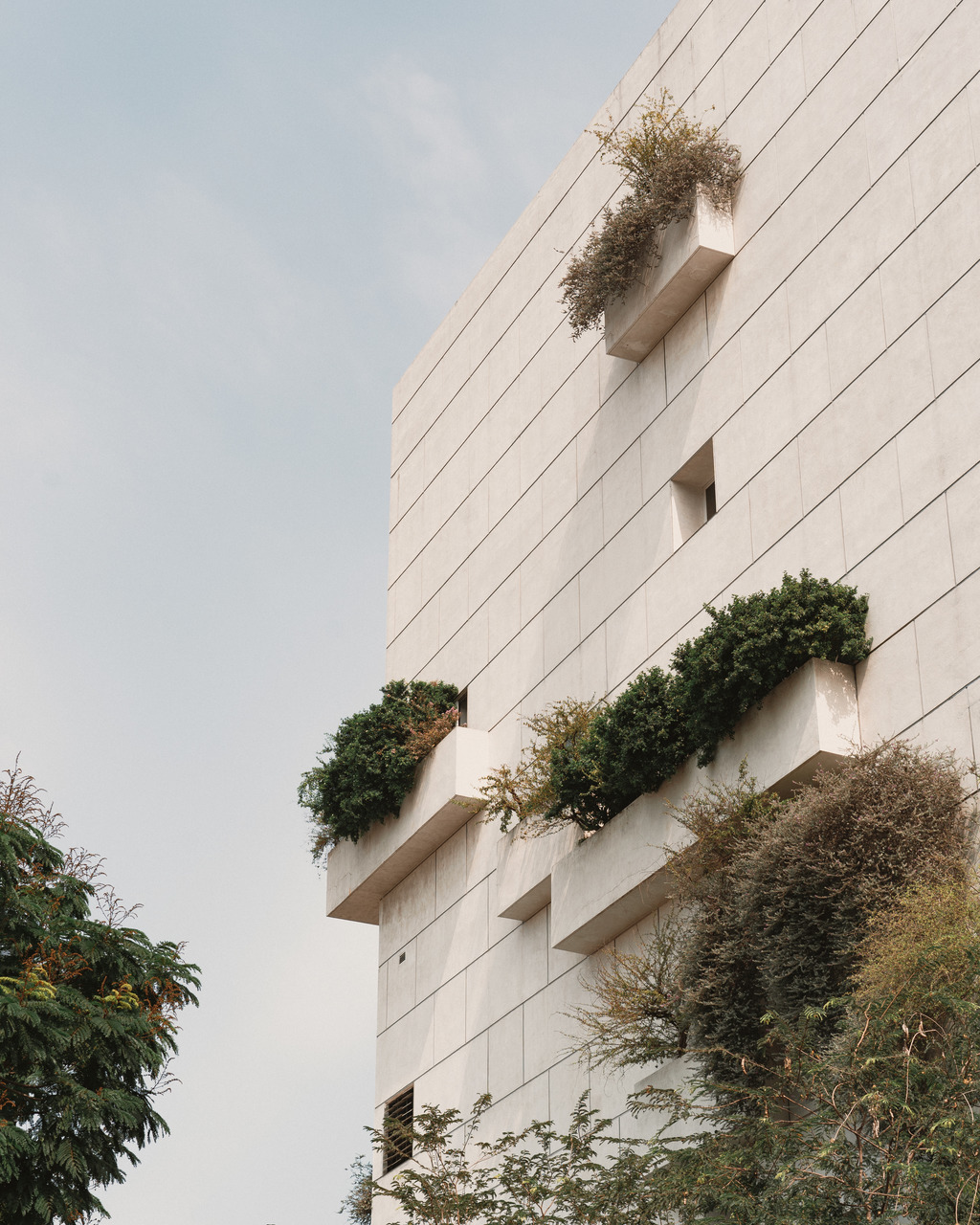
The a21 office, located in a residential district of Ho Chi Minh City, is made up almost entirely of reused materials. “When you use reclaimed stuff, you don’t really know what you’re going to end up with,” Hiep says. “So a chair, or a collection of doorknobs, anything we can find, you don’t know how it will turn out. But based on our experience, sometimes you know this piece of wood will look right, that it’s suitable. We like to be experimental.”
D1, another boutique studio based in the city, strives to incorporate the work of traditional artisan builders and craftspeople into its process. “Nowadays, everyone is so attached to mass production,” says Tan Nguyen, D1’s CEO. “That is not our idea to follow. We are connecting traditional materials and artisans in our designs, and we want to tell a story through each design so they have a Vietnamese soul.”
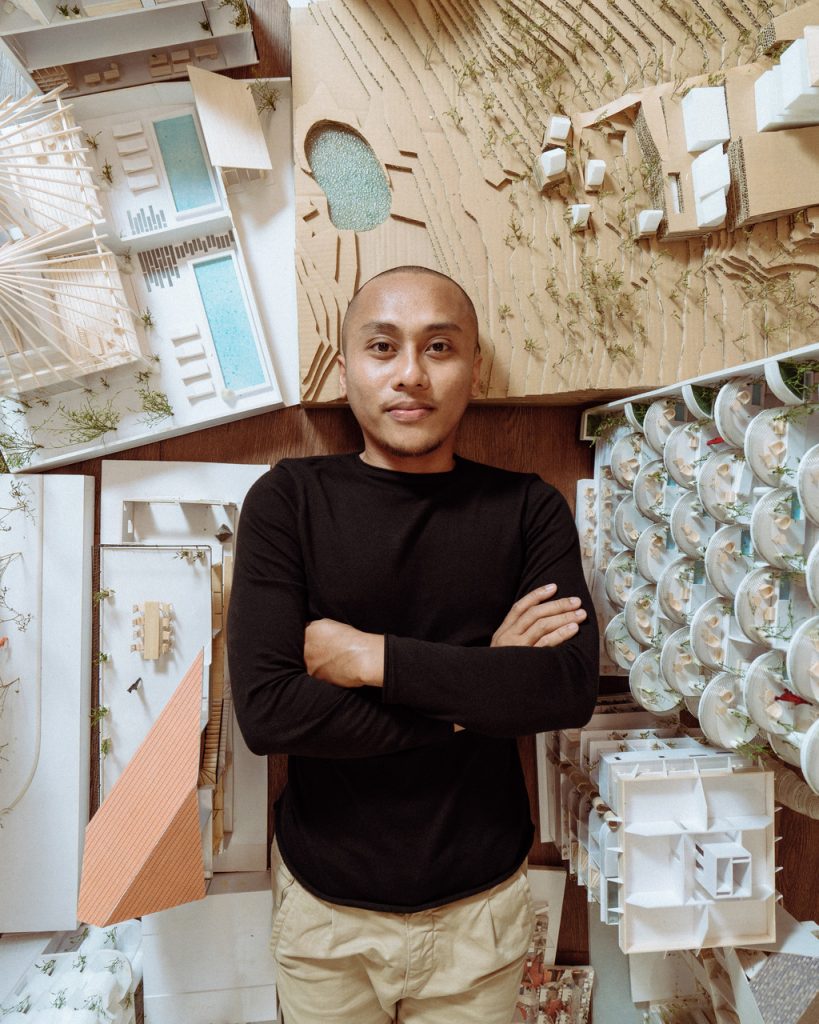
Before D1’s designers begin a project, they study the local context of the specific part of Vietnam they are working in. “We research the local weather and climate, as well as local materials and what kind of artisans live nearby,” Tan explains. “A problem in Vietnam right now is traditional techniques are dying because they haven’t kept up with new ideas or designs. What we do is bring new contemporary design values to local artisans and then merge the two together to make something different.” Examples include their M Villa in Hoi An, which sports a large bamboo roof, and the multi-purpose Olwen House in Ho Chi Minh City, which has its roots in traditional shophouses.
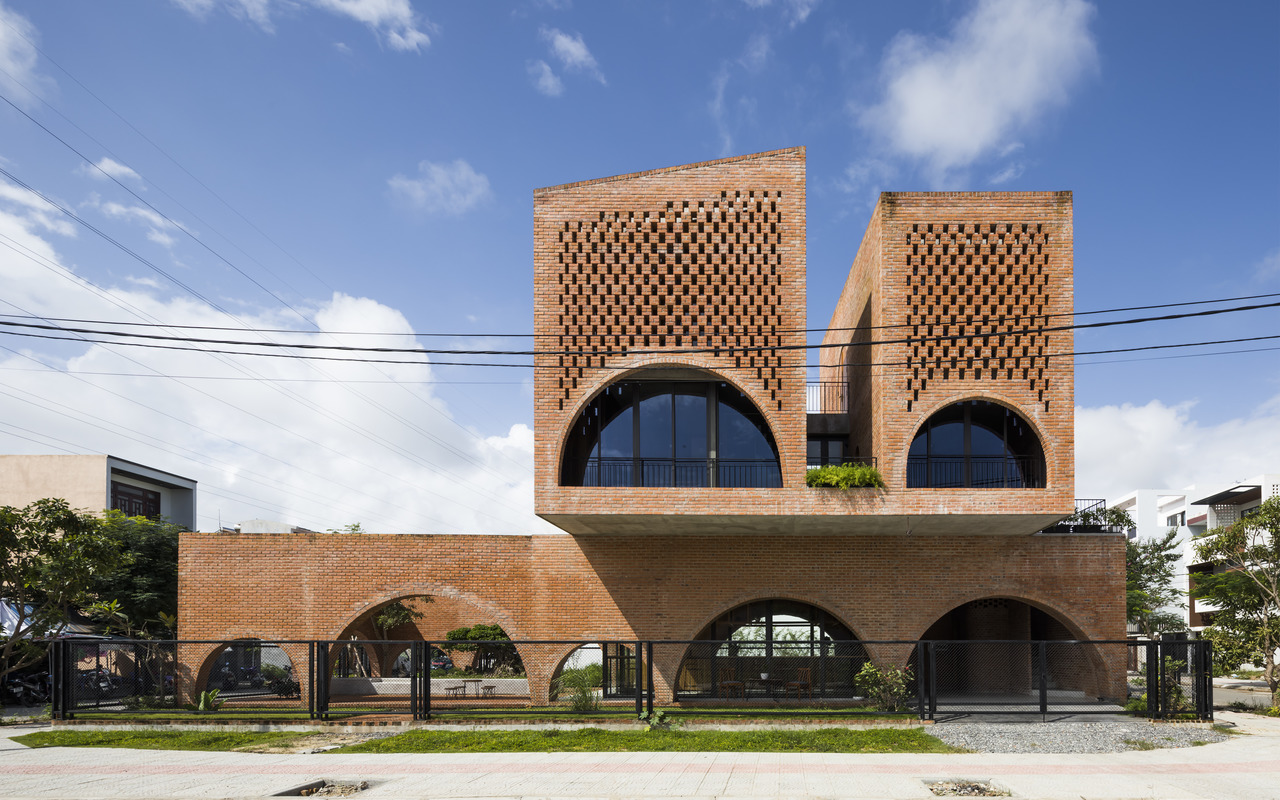
To date, most of these projects have been on a relatively modest scale, yet the designers behind them believe that change is coming. “The architects are getting out there now and they have a better base than when we started,” says Tropical Space’s Ngon. Some clients, such as Silverland Hotels, the group behind The Myst, are already showing more interest in functional, high-quality architecture with a more local viewpoint.
Tan, of D1, believes this conversation between architects and clients is vital to ensure the success of their design ambitions. “Many owners are focusing on economy, but it’s important that they also know what is good for the community,” he shares. “Our mission is to make sure each of our projects paints a bigger picture of the city. We want to create a soulful city, and that is what’s missing right now in Vietnam.”
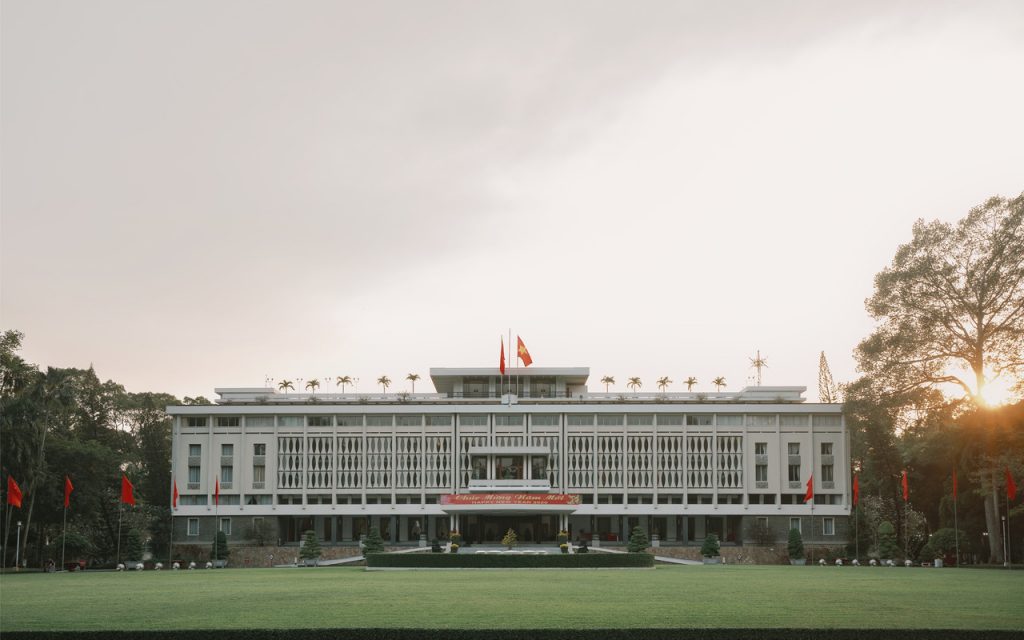
Architectural gems to seek out
Vietnamese Modernism, which flourished from the 1950s to the ’70s in what was then South Vietnam, left behind a number of unique public buildings, including the Reunification Palace, the General Sciences Library and the extremely popular “café apartment building” at 42 Nguyen Hue. Once used as housing for American military officers, many of the units in the latter have been converted to hip cafés, restaurants and boutiques with great views of the city.
Three notable examples of the new contemporary Vietnamese style
Gem Center
Designed by a21, this is a striking events building located in Ho Chi Minh City. It features a dramatic greenery-clad façade and a soaring wood-panelled atrium.
Cuckoo House
Tropical Space’s Cuckoo House, in Danang, utilises the studio’s distinct exposed brickwork to combine a café and a house for a family of four.
Farming Kindergarten
VTN Architects’ Farming Kindergarten in Dong Nai Province, close to Ho Chi Minh City, includes a green roof where students can grow food for their lunches.
Singapore Airlines flies to Ho Chi Minh City two to three times daily. To book a flight, visit singaporeair.com
SEE ALSO: The path less travelled: Ho Chi Minh City’s hidden gems
This article was originally published in the March 2020 issue of SilverKris magazine
The post How young architects are injecting life into Ho Chi Minh City’s cityscape appeared first on SilverKris.
from SilverKris
No comments:
Post a Comment